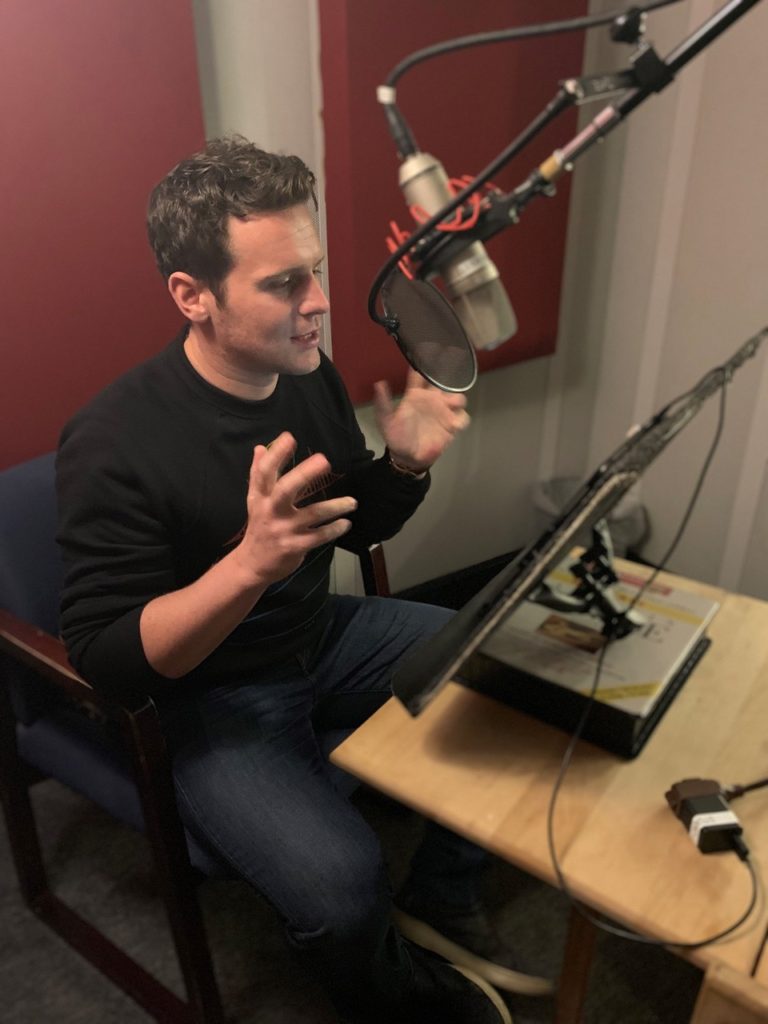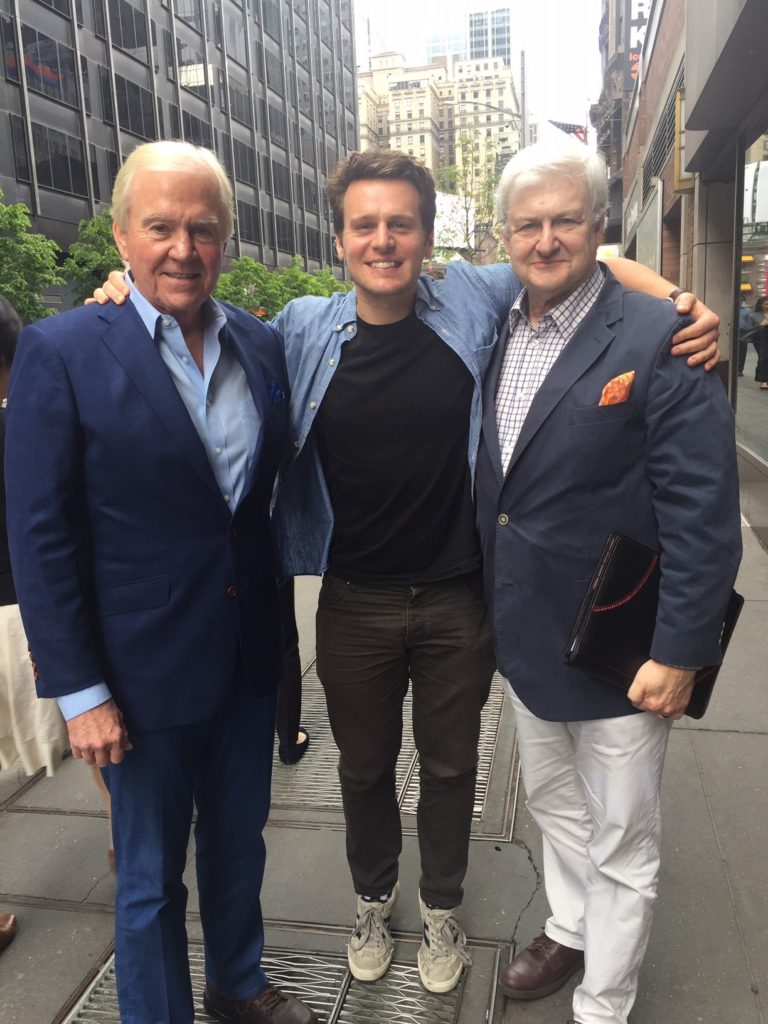During my first years with the FBI’s Behavioral Science Unit (later called the Investigative Support Unit) in the late 1970’s, the word “profiling” hardly existed, not in the sense that it does now. I think it’s become a familiar concept to most people these days, thanks to my books those by my former associates, television shows, movies, and other media. But a lot of people have misconceptions about profiling—either an overblown sense that we close our eyes and magically “see” the crime we’re investigating as it occurred, or a restricted notion that all we do is create profiles of subjects who are unknown and at large.
First, the world of entertainment. While I served as a technical consultant on The Silence of the Lambs, and my work has been used as a reference for other movies and TV shows, I have to say that none of it represents what profiling is really like. It’s highly unglamorous, and never easy. Our work includes long, lonely hours poring over paperwork, photographs, and the like. Profilers have to examine a lot of information: crime scene photographs, eyewitness accounts, autopsy reports, police reports, and, whenever possible, victims’ statements. In a case where the identity of the assailant is unknown, we find patterns in the evidence based on the behavior either demonstrated or indicated, and we form a “profile” of the UNknown SUBject (or UNSUB). This profile can be used to narrow the search conducted by law enforcement, helping them zero in on their man.
Proactive Techniques: Reaching out to the Public
This is just one function we perform. As I mentioned, to see that as all we do is a limited view. In fact, toward the end of my career in the FBI, I was doing fewer and fewer of those sorts of profiles. We were doing a lot more crime scene analyses, crime reconstructions, and spending more time developing and incorporating proactive techniques for ongoing investigations.
These proactive techniques are among the most exciting advances we’ve made. Sometimes we’ll use the amazing power of the media to get potentially identifying information, like copies of handwritten notes and descriptions of probable post-offense behavior, about the criminals we’re looking for out to the public. Somebody out there knows something about our UNSUB or about a suspect, but they may not fully realize it. They may need us to connect the dots, to present some information that will help them understand what may to that point have been no more than a funny feeling or vague suspicion they’ve had about their brother, boyfriend, aunt, co-worker, and so on.
In one instance, at the suggestion of Jana Monroe, an extraordinary agent in my unit, we publicized an UNSUB’s handwriting by mounting a billboard campaign in Tampa Bay, Florida, the location of the 1989 murders of Joan Rogers and her two daughters, who were vacationing in the area. We posted an excerpt from directions we knew the UNSUB had written by hand on a brochure and given to the victims, and which was found in their car. Within three days, witnesses had come forward to identify the person whose handwriting they recognized from the publicized excerpt, and they all named the same man—Oba Chandler, who was convicted of the three murders in 1994 and is now sitting on Florida’s death row.
Tightening the Noose
We also support law enforcement in “tightening the noose” around a suspect. A good example of that is in the case of Robert Hansen. Hansen was the suspect local and state authorities felt was their man in the murders of four women, all either prostitutes or topless dancers, and all of whom had been shot with a high-powered hunting rifle and found in remote areas of the Alaskan wilderness. One had been shot naked. But there was no evidence; all the authorities had was the testimony of a prostitute who said she was nearly Hansen’s next victim—and he had an alibi (which later proved to be fabricated) for the night she said he tried to abduct her.
The authorities were at an impasse. They knew there was evidence out there, and if Hansen was the killer it stood to reason that some of it would be on his property. But they couldn’t get to it without a search warrant. So instead of just preparing a behavioral profile of an UNSUB in order for authorities to know who they were looking for, it was our job to come up with a set of behavioral indicators from the four murders and the alleged attempted abduction to support a request for the search warrant.
The Starting Point: A Behavioral Profile
First, before we were given Hansen’s name or any information about him, I came up with a behavioral profile of the killer. When this matched what the police knew about Hansen, they began to give me information that would help me expand my profile to include specifics about the sort of killer he might be and what sort of evidence might be found on his property.
They said he had pockmarked skin and a stutter, so I deduced that he’d probably had a difficult time with women during his teen and young adult years, potentially causing him to have a great deal of anger at women. Selecting prostitutes and topless dancers indicated that he wanted victims no one would miss and whom he could see as less than human because of their occupations. Neither of these deductions was much of a leap from those in my original profile.
More importantly, they told me Hansen was a hunter, and a respected one, so I surmised that he would have held on to “trophies” from these murders, and maybe even a list or a journal of his kills. I also knew, from the account given by the witness, that Hansen had a cabin in the woods; it was where he was trying to take her when she escaped. And I knew Hansen’s family was away in Europe, giving him complete freedom to do what he liked best—to hunt.
Hunting the Hunter
I began to get an idea of how Hansen operated, and it gave me a cold, sick feeling in my stomach. It seemed clear to me that he was definitely the killer, but he wasn’t simply killing these women. I believed he was releasing them into the woods and then hunting them down like animals—and this proved to be the case.
We gave our assessment to the authorities, and they were able to get a search warrant. Hansen’s rifle, which matched the bullets that killed the four women, was found at his home, along with some cheap jewelry, ID cards, and other items taken from them. There was also a sort of “journal,” an aviation map marked with the locations of his victims’ bodies.
Confronted with the evidence, Hansen confessed.
We’re Only as Good as our Information
We did our work well in that instance. But what if we hadn’t? Or what if a different group had been assigned to the case? Not all profilers are equal; we’re just like doctors in that respect. We have equivalent training, but not equivalent personalities, amounts of experience, and so on. And we’re human. We have bad days, even weeks, when there’s so much work that it’s inevitable that something somewhere will fall between the cracks.
That’s what keeps us up nights. It’s also why it’s so important to realize that, while it has been proven to be a groundbreaking tool, profiling is just one part of the process that leads from investigation to conviction. The other elements, including forensic evidence, like weapons and DNA, eyewitness accounts, autopsy reports, and police reports, are vitally important. I don’t think we should ever elevate one element of the process above another. Each element is critical, especially for profilers—even at our very best, we’re only as good as the information that’s provided to us.


























